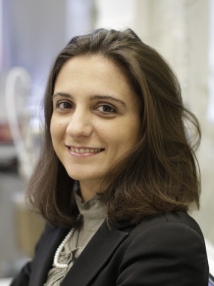BibTex format
@article{Tagliaferri:2021:10.1021/acsnano.1c06535,
author = {Tagliaferri, S and Nagaraju, G and Panagiotopoulos, A and Och, M and Cheng, G and Iacoviello, F and Mattevi, C},
doi = {10.1021/acsnano.1c06535},
journal = {ACS Nano},
pages = {15342--15353},
title = {Aqueous inks of pristine graphene for 3D printed microsupercapacitors with high capacitance.},
url = {http://dx.doi.org/10.1021/acsnano.1c06535},
volume = {15},
year = {2021}
}

